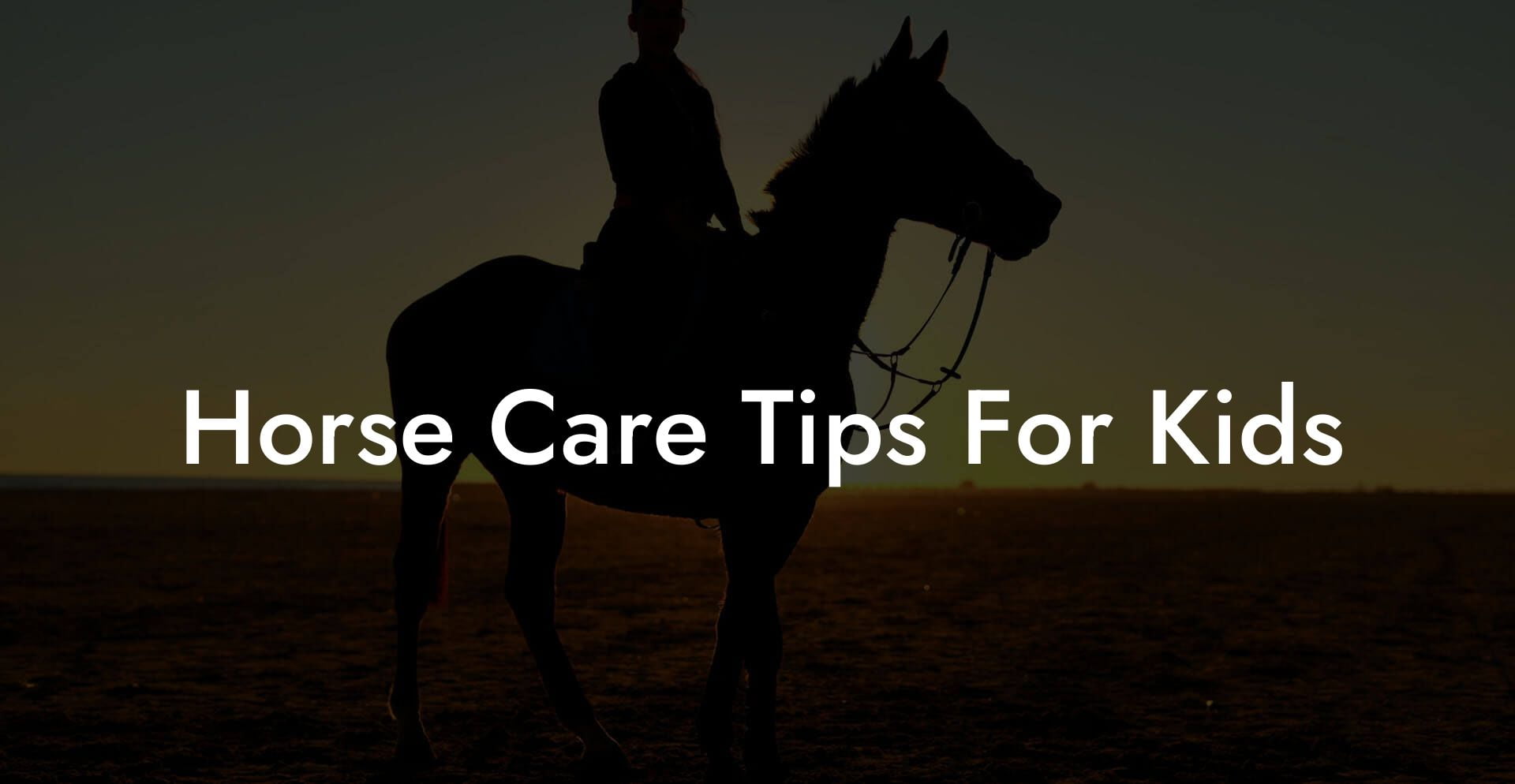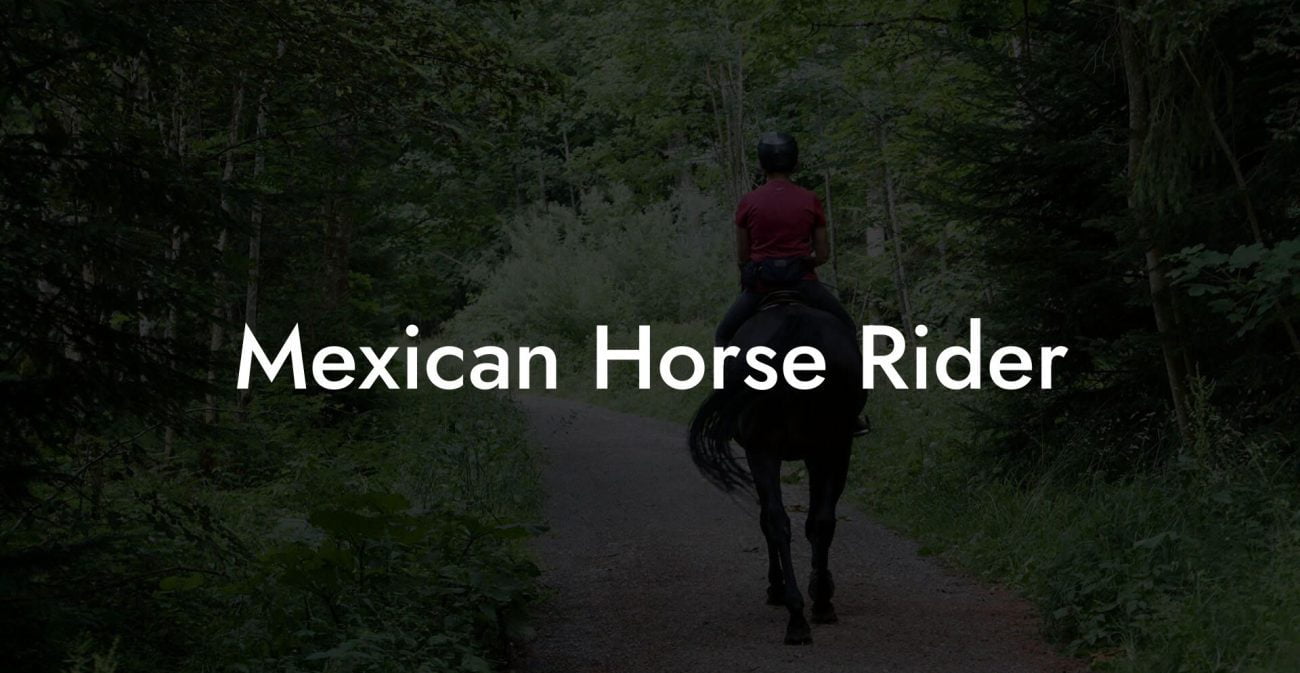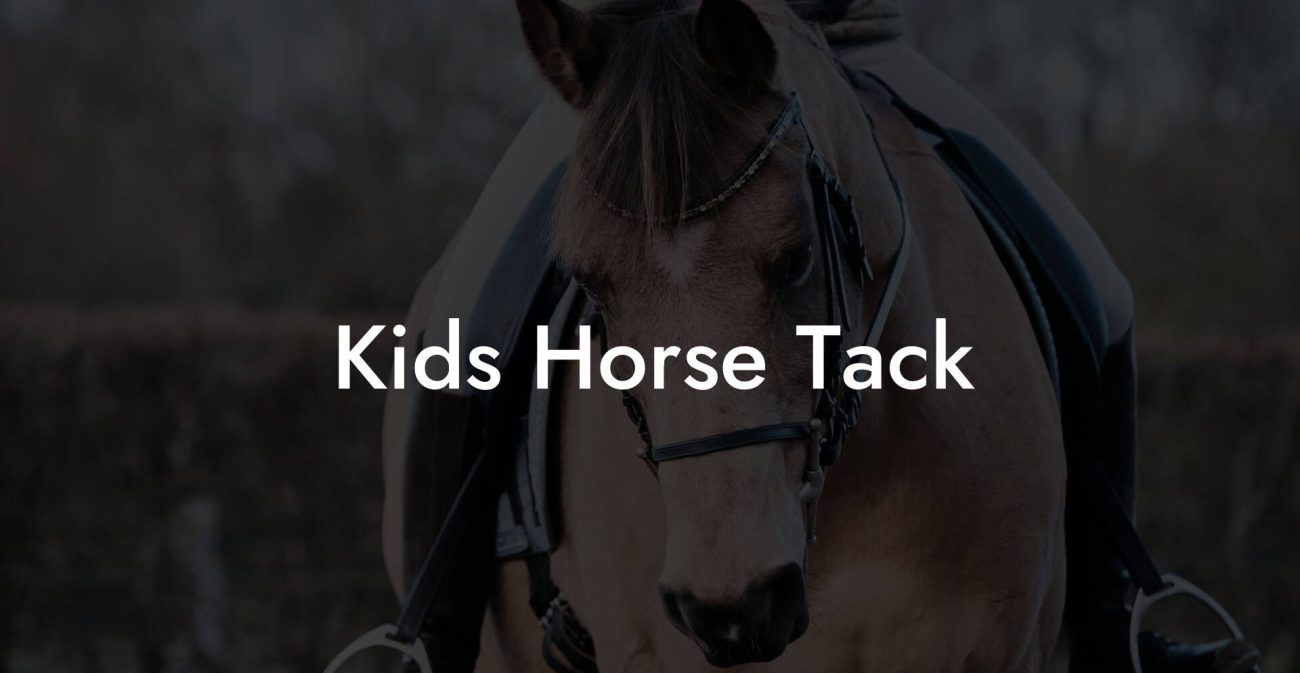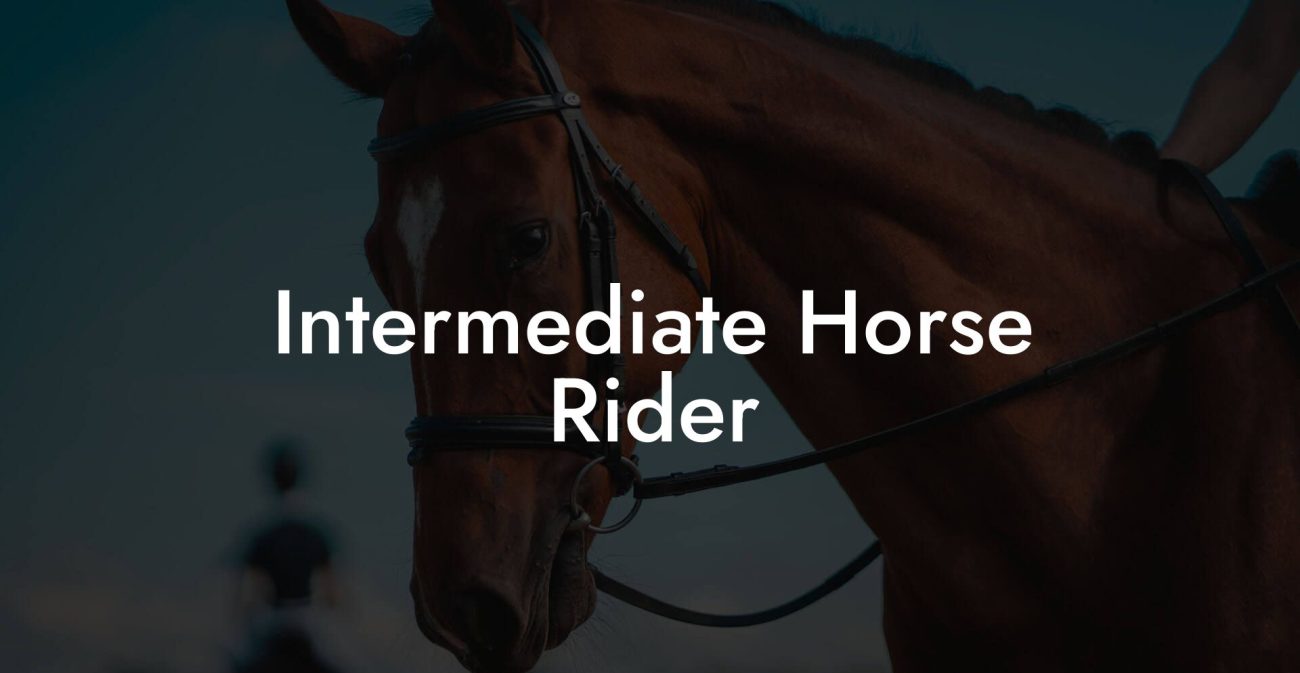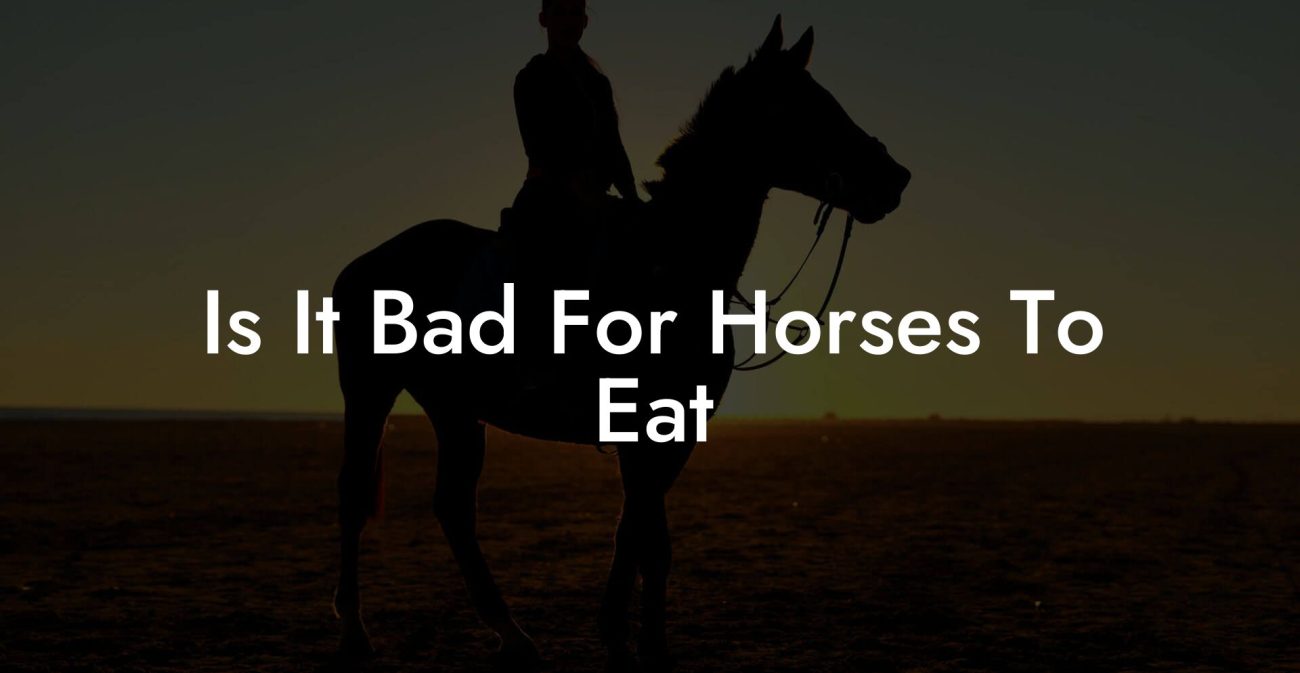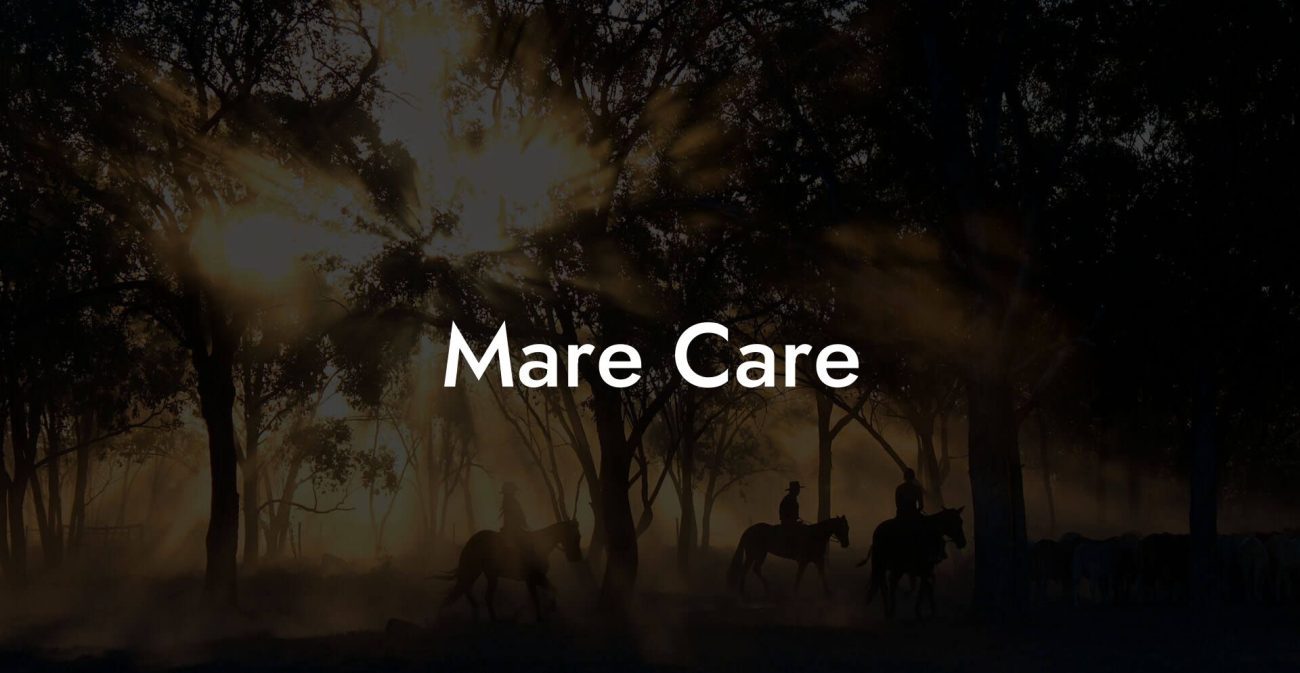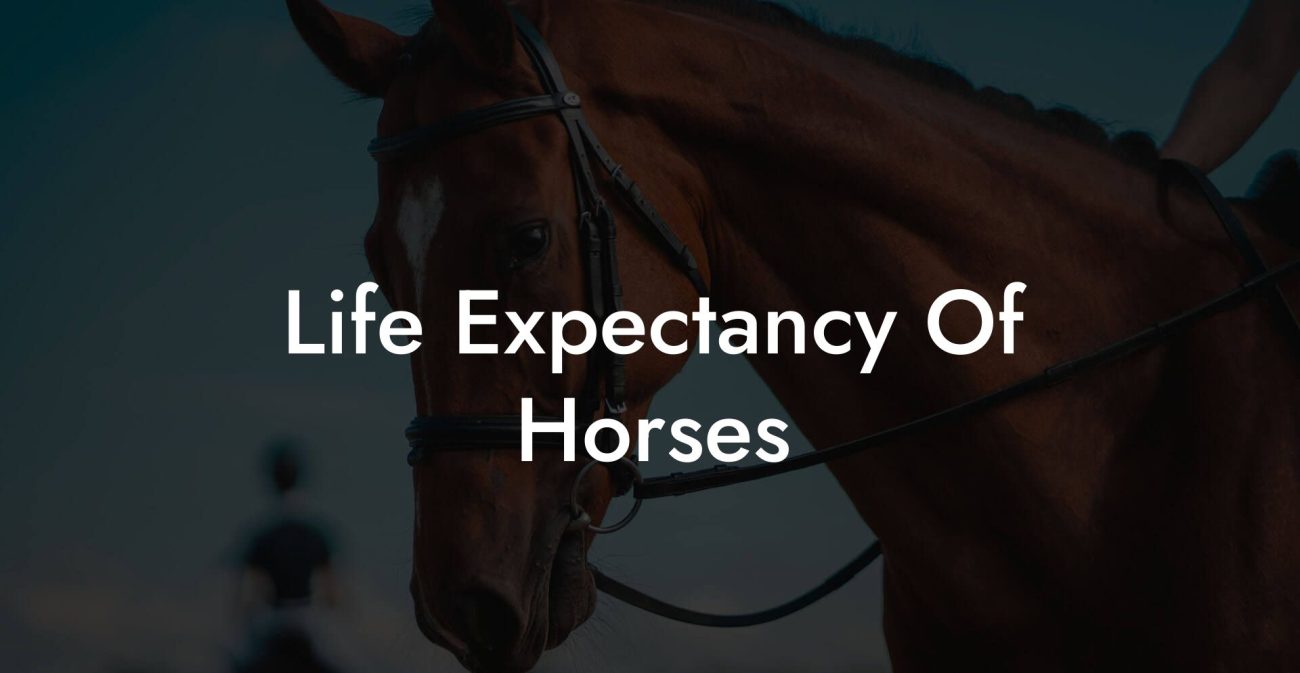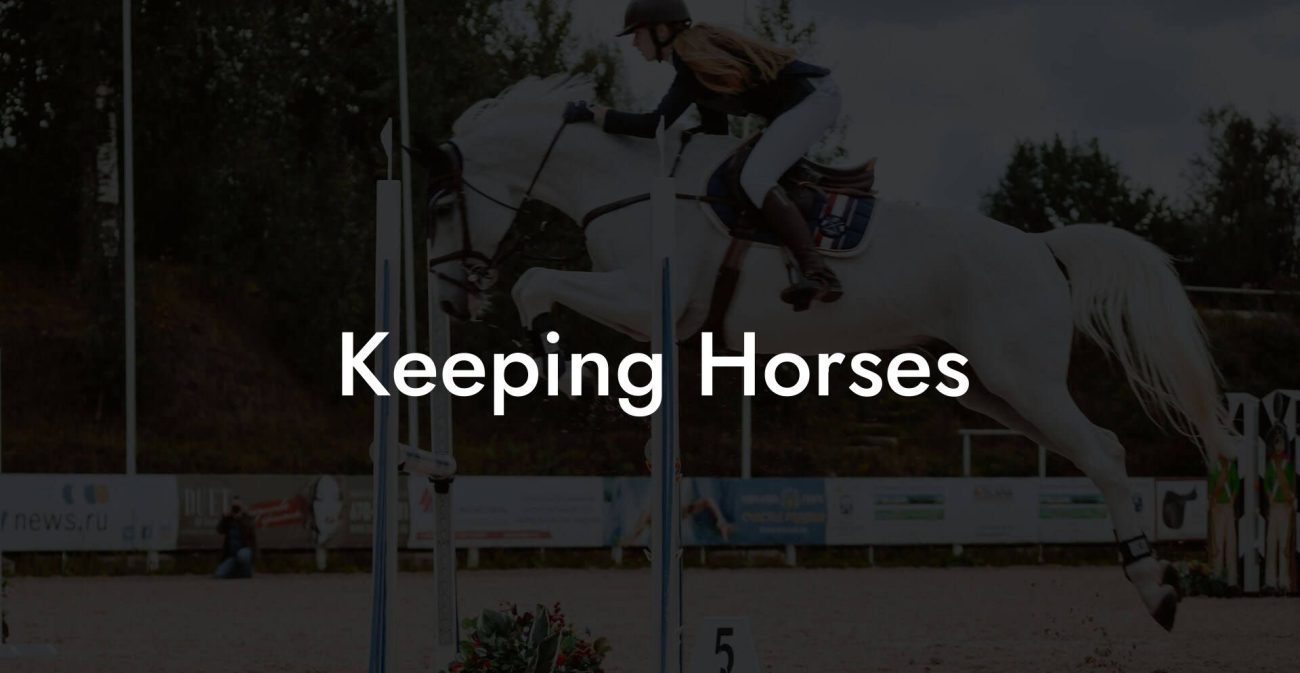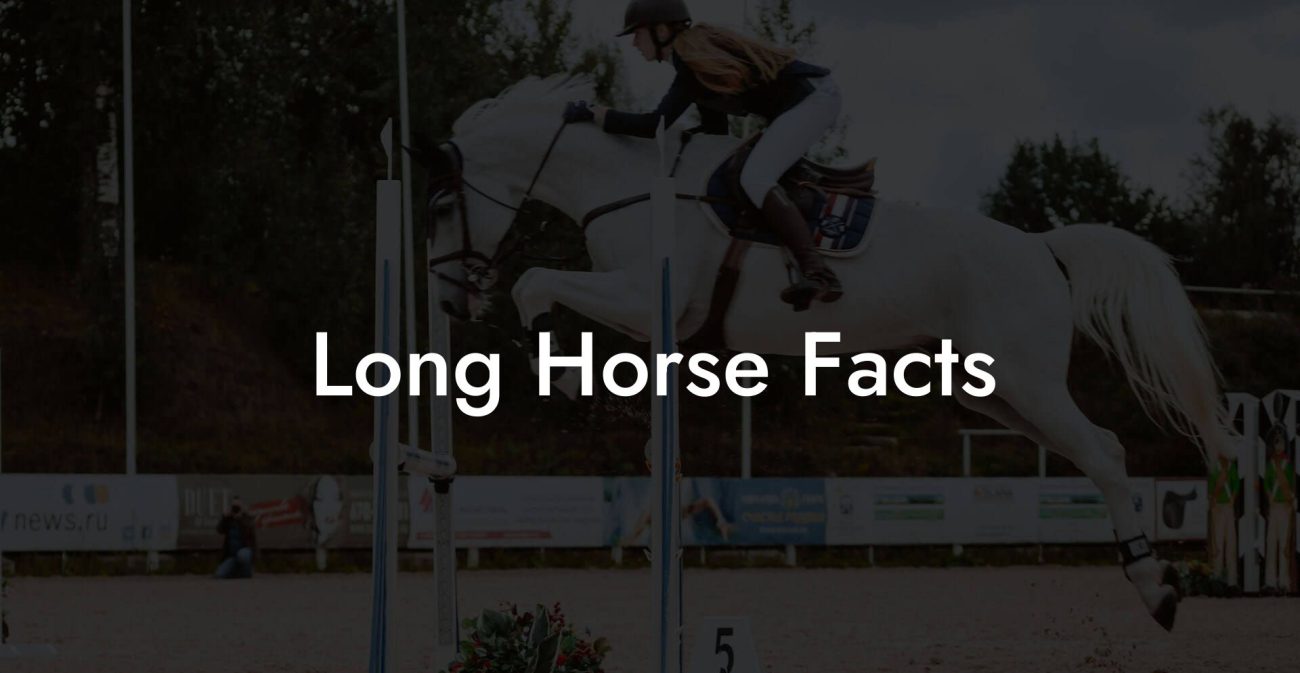Who knew that taking care of a horse could be as thrilling as riding a roller coaster and as rewarding as scoring the winning goal in your favorite video game? “horse care Tips For Kids” is here to guide you through the ins and outs of looking after these majestic, four-legged friends in a way that’s fun, safe, and totally kid-approved. Whether you’re a budding equestrian or just someone who loves spending time around horses, this guide is packed with tips, tricks, and a healthy dose of humor to help you become a pro at horse care.
Quick Links to Useful Sections
- Getting Started: Understanding the Basics of Horse Care
- Horse Grooming 101: Tips to Keep Your Horse Shining
- Tools of the Trade
- Step-by-Step Grooming Guide
- Feeding and Nutrition: What’s on Your Horse’s Menu?
- Understanding Horse Nutrition
- Meal Times and Portion Sizes
- Stable and Pasture Management: Creating a Cozy Home for Your Horse
- Cleaning and Maintenance Tips
- Pasture Perfection
- Exercise and Riding Safety: Enjoying the Ride while Staying Protected
- Why Exercise Matters for Horses
- Basic Riding Safety Tips
- Proper Warm-Up and Cool-Down
- Health and First Aid: Keeping Your Horse in Peak Condition
- Common Health Checks
- Basic First Aid Supplies
- Building Trust: Emotional and Behavioral Tips for Kids
- Understanding Horse Behavior
- Creating a Calming Environment
- Advanced Horse Care: Tips for the Aspiring Junior Equestrian
- Training and Socializing Your Horse
- Maintaining Your Horse’s Health Records
- Seasonal Horse Care Tips
- Horse Care for Kids in the Digital Age: Apps, Forums, and Resources
- Must-Have Digital Tools
- Books and Magazines
- Local Riding Clubs and Workshops
- Resources and Community Support: Your Next Steps in the Horse Care Journey
- Equine Safety and Fun: Creating Unforgettable Memories
- Expert Insights: Interviews with Top Young Equestrians
- Meet Jessie: The Junior Grooming Guru
- Meet Miguel: The Fearless Rider
- Meet Zoe: The Future Equine Nutritionist
- Keeping Up with Horse Care: Trends and Innovations
- Frequently Asked Questions about Horse Care Tips For Kids
- Every Day Is a New Adventure: Your Ongoing Journey in Horse Care
Getting Started: Understanding the Basics of Horse Care
Before you dive headfirst into the world of horse care, it’s super important to know a few must-know basics. Horses are not just animals; they’re gentle giants with personalities that can range from sweet and cuddly to downright goofy. And just like people, they need a consistent routine, proper nutrition, and a safe and cozy environment to thrive.
When we talk about “horse care,” we mean everything from feeding and grooming your horse to making sure their living space (often a stable or pasture) is clean and secure. For kids who dream of being best buddies with these magnificent creatures, learning how to care for a horse is a bit like unlocking a secret level in your favorite game – filled with new challenges, cool skills, and unpredictable surprises!
In this guide, we’ll cover all the essentials:
- Horse Grooming: Keep your horse looking as sharp as you do on school picture day.
- Feeding and Nutrition: Understand what foods make your horse happy and healthy.
- Stable and Pasture Management: Create a safe, cozy home for your equine friend.
- Exercise and Riding Safety: Tips to stay safe while riding and playing.
- health and First Aid: Basic steps for keeping your horse in tip-top shape.
- Fun and Games with Horses: Building a bond through play and training.
Get ready to saddle up and explore how you can make horse care a fun and exciting adventure!
Horse Grooming 101: Tips to Keep Your Horse Shining
Grooming your horse is one of the most enjoyable ways to bond with your new buddy. It’s not just about keeping them clean – it’s about showing them love and care. Plus, a well-groomed horse can turn heads at the stable, just like a freshly styled sneaker can be the envy of your friends.
Tools of the Trade
To get started, you’ll need a few essential grooming tools. Think of them as your equestrian toolkit:
- Body Brush: Perfect for sweeping away dirt, dust, and loose hair.
- Curry Comb: Not to be confused with your favorite chicken curry – this tool helps loosen dirt and stimulates blood flow.
- Hoof Pick: A must-have for cleaning out the muck from between your horse’s hooves.
- Sponges and Buckets: Ideal for washing or simply dampening areas that need extra attention.
- Treats: Don’t forget to reward your horse after a great grooming session. A few carrots or apples go a long way!
Always remember, grooming should be a gentle, patient process. Speak softly, use gentle strokes, and, most importantly, have fun! Making grooming time a regular part of your routine helps your horse relax and builds a strong bond.
Step-by-Step Grooming Guide
Here’s a quick rundown on how to give your horse the ultimate spa day:
- Step 1: Start with the Curry Comb – Gently rub the curry comb in circular motions over your horse’s body. This will loosen dirt and stimulate circulation.
- Step 2: Brush Away the Dirt – Using the body brush, sweep away the loosened dirt. Always brush in the direction of the hair’s natural growth.
- Step 3: Clean the Hooves – Use a hoof pick to remove any debris from between the hooves. This keeps infections at bay and ensures your horse’s step is light and breezy.
- Step 4: Wipe and Rinse – In warmer weather, you can give your horse a gentle sponge bath to cool them down. Just use a damp sponge and make sure not to soak them too much!
- Step 5: Reward Time – Always finish with a treat or a few kind words to let your horse know they did an awesome job.
Not only will your horse look radiant, but you’ll also be learning key skills that can turn horse grooming into one of your favorite hobbies.
Feeding and Nutrition: What’s on Your Horse’s Menu?
Just like you wouldn’t live on pizza and soda (at least, not all the time), horses need a balanced diet to stay strong and healthy. Feeding your horse the right foods is as crucial as leveling up in your favorite video game, it makes a huge difference in performance and overall well-being.
Understanding Horse Nutrition
Horses are herbivores, which means they thrive on a diet based on hay, grass, grains, and sometimes a little bit of special feed. The most important thing is to ensure they get a healthy balance of nutrients:
- Forage: Think of hay and grass as the staple food. They provide the bulk of a horse’s nutrition and help keep their digestive system (and gut health) in check.
- Grains: Small amounts of grains can offer extra energy, especially if your horse is very active. But remember, moderation is key!
- Supplements: Sometimes horses need extra vitamins and minerals. Always check with your veterinarian before adding supplements to their diet.
- Water: The most important nutrient! Always ensure your horse has access to plenty of clean, fresh water.
Meal Times and Portion Sizes
Feeding your horse isn’t just about dumping a bucket of hay into their stall, it’s about crafting a balanced, regular meal schedule. Here are some pro-tips:
- Regular Schedule: Try to feed your horse around the same time each day. This consistency helps maintain their digestive rhythm and overall health.
- Watch the Portions: Overfeeding can lead to problems like weight gain and colic. The amount depends on the horse’s size, age, and activity level.
- Snacks and Treats: While treats like carrots or apples are excellent for bonding and training, they should only make up a small part of your horse’s weekly diet.
By planning out your horse’s meals thoughtfully, you’re not only supporting their physical health, but you’re also building trust and a routine they can depend on.
Stable and Pasture Management: Creating a Cozy Home for Your Horse
Think of a horse’s stable like your own personal bedroom, a place that's safe, comfortable, and fun to hang out in. Keeping the stable tidy and well-managed is key to your horse’s overall health.
Cleaning and Maintenance Tips
A clean stable prevents illnesses and ensures your horse can roam around freely without tripping over old hay or muddy messes. Here’s how to keep that space in tip-top shape:
- Daily Sweep: Remove soiled bedding and manure at least once a day. This tiny act can prevent the spread of bacteria and keep your horse happy.
- Regular Deep Cleaning: At least once a week, give the stable a deeper clean. Move the bedding, scrub the floors, and disinfect water and feed buckets.
- Check for Repairs: Old, broken fences or unstable structures in the stable or pasture can be dangerous. Regularly inspect these areas and fix any hazards ASAP.
- Safe Storage: Keep all grooming tools, feed bags, and equipment in designated spots. This is not only practical but keeps that area looking neat and organized.
Pasture Perfection
Not every horse lives in a stable all the time, many get out to graze in a pasture. A lush, well-maintained pasture not only provides nutritious fresh grass but also offers a great environment for exercise and socializing.
- Rotational Grazing: Switching out grazing areas helps the grass to recover and gives your horse a varied diet. It’s like giving your horse a taste of gourmet instead of the same plain sandwich every day!
- Fencing and Safety: Ensure the pasture is surrounded by safe, secure fencing. This keeps your horse safe and prevents them from wandering off into places they shouldn’t.
- Shade and Shelter: Always provide a shaded area or a small shelter where your horse can retreat during hot or rainy days.
Creating a clean, safe, and comfortable home for your horse isn’t just good practice, it’s a reflection of how much you care for your equine buddy.
Exercise and Riding Safety: Enjoying the Ride while Staying Protected
One of the coolest parts of having a horse is the opportunity to ride! However, riding and exercising with horses come with their own set of challenges and responsibilities. For kids and young riders, safety should always be the top priority.
Why Exercise Matters for Horses
Just like you have gym class at school, horses need regular exercise to stay fit and healthy. Routine physical activity keeps their muscles strong, joints flexible, and their minds sharp. A well-exercised horse is less likely to develop behavioral issues and is generally happier.
Basic Riding Safety Tips
Riding can be one of the most exhilarating experiences, but it’s also important to ride smart so that everyone stays safe. Check out these essential riding safety tips:
- Wear a Helmet: This isn’t just a rule for skateboarding, it’s a must for riding! A properly fitted helmet can protect your head in case of unexpected tumbles.
- Dress Appropriately: Long pants, boots with a small heel, and snug-fitting shirts are great not only for style but also for safety.
- Practice Falling: It might sound weird, but learning how to fall safely is a key skill in horse riding. Under proper supervision, practice how to fall without hurting yourself.
- Listen to Your Instructor: No matter how confident you feel, always take advice from experienced riders or trainers. They know the nuances of horse behavior and what to do in tricky situations.
Proper Warm-Up and Cool-Down
Just as athletes warm up before a big game, horses need a gentle warm-up before riding and a cool-down period afterward. Walk your horse for 10-15 minutes to help loosen up their muscles, and once you’re done riding, slow down gradually to prevent muscle stiffness.
Incorporating these safety practices not only protects you and your horse but also ensures that every ride ends on a positive note. This way, you’ll always be eager to saddle up for the next adventure!
Health and First Aid: Keeping Your Horse in Peak Condition
Even with the best care, sometimes horses can get a scratch, bruise, or even a cold. Knowing the basics of equine first aid is like having a secret superpower, you’re ready to handle any minor mishaps that come your horse’s way.
Common Health Checks
Regular health checks help you catch any issues before they turn into big problems. Here’s what you should keep an eye on:
- Coat and Skin: Look for any signs of cuts, bruises, or unusual bumps. A shiny, smooth coat is a sign of a happy, healthy horse.
- Hooves: Check for cracks, chips, or debris stuck in the hooves. Clean them regularly with a hoof pick to prevent infections.
- Eyes and Ears: Make sure they’re clear of dirt or discharge. A healthy horse’s eyes and ears should be bright and alert.
- Temperature and Pulse: Learn how to take your horse’s temperature and pulse. Any odd readings should be reported to a veterinarian.
Basic First Aid Supplies
Having a first aid kit ready for your horse is essential. Stock your kit with:
- A digital thermometer
- Bandages and gauze
- Antiseptic solution
- Hoof care tools
- A pair of clean gloves
- A basic first aid guide (yes, even horses need first aid instructions!)
Knowing what to do in those “uh-oh” moments can be a lifesaver. And if ever you’re not sure, don’t hesitate to call a vet, professional help is always the best course of action.
Building Trust: Emotional and Behavioral Tips for Kids
Beyond the physical aspects of horse care, forging an emotional bond with your horse is a major piece of the puzzle. Horses are incredibly intuitive creatures; they can sense your mood and energy. By showing patience, gentle care, and a bit of humor, you can build a connection that makes both of you feel like you’re part of the same heroic team.
Understanding Horse Behavior
Every horse has its own personality. Some are shy, some are adventurous, and others are downright clumsy. Learning to read your horse’s body language is like learning a secret language. Here are a few basics:
- Ear Position: Ears pricked forward often indicate that your horse is alert and interested, while flattened ears might mean they’re upset or feeling threatened.
- Tail Movement: A relaxed, gently swishing tail means your horse is calm; a vigorously swishing tail can be a sign of irritation.
- Eye Contact: Direct eye contact can be challenging for some horses. Respect your horse’s space and let them come to you at their own pace.
Creating a Calming Environment
A relaxed horse is a happy horse. Keep the environment calm and stress-free by:
- Talking to your horse in a soft, friendly tone.
- Engaging in consistent routines so they know what to expect.
- Spending quiet time together, whether it’s grooming or simply relaxing in the pasture.
Remember, every moment you spend connecting with your horse is a step toward deepening your friendship and building trust.
Advanced Horse Care: Tips for the Aspiring Junior Equestrian
For those kids who are ready to take their horse care skills to a whole new level, here are some advanced tips and tricks that can transform you from a beginner into an equine expert.
Training and Socializing Your Horse
Training isn’t just about teaching your horse commands, it’s about communication. Using positive reinforcement techniques like treats, praise, and gentle guidance can make training sessions as fun as playing your favorite video game.
- Groundwork: Start on the ground with basic commands and handling exercises. This builds respect and understanding before you even hop on the saddle.
- Desensitization: Gradually expose your horse to new sights, sounds, and objects (like buckets, tarps, or even a friendly dog). The goal is to help your horse become calm in new or potentially scary situations.
- Patience and Consistency: Training takes time, and every horse learns at its own pace. Celebrate the small victories and keep practicing until you see steady improvements.
Maintaining Your Horse’s Health Records
Just like keeping track of your high scores, maintaining a health journal for your horse is super important. Record vaccinations, dental check-ups, and deworming schedules to keep track of your horse’s well-being. This habit is especially useful when you’re working closely with a veterinarian.
Seasonal Horse Care Tips
The care your horse needs can change with the seasons. Here are some season-specific tips:
- Spring: As pastures turn green, watch out for allergies and ensure your horse isn’t overindulging in rich fresh grass, which could upset their tummy.
- Summer: Keep your horse cool with plenty of water, shade, and electrolysis-free salt. Regular grooming sessions will help keep bugs and pests away.
- Fall: Use this time to beef up your horse’s diet with foods that help with growth and repair after a busy summer. Transition gradually if you’re switching feed types.
- Winter: Provide extra bedding, insulated shelters, and adjust feed portions as needed. Protect your horse’s hooves from icy conditions with proper care.
Whether you're planning a training session or checking the latest seasonal care tips, these advanced insights will help you fine-tune your routine and ensure that your horse thrives year-round.
Horse Care for Kids in the Digital Age: Apps, Forums, and Resources
Gone are the days when the only place to share your horse care adventures was at the barn or in a dusty old notebook. In our hyper-connected world, there are tons of resources available online to help you with everything from first-time care tips to advanced training techniques.
Must-Have Digital Tools
Whether you love tracking your horse’s health stats or you’re looking for video tutorials on grooming techniques, here are some of the top digital tools to check out:
- Horse Care Apps: There are several smartphone apps designed just for horse care. These apps can remind you when it’s time for a grooming session, vaccinations, or feeding updates. They’re like having a personal assistant right in your pocket!
- Online Forums and Communities: Join forums or social media groups dedicated to horse care. Sharing stories, asking questions, and getting advice from both experienced horse owners and fellow beginners can boost your confidence and knowledge.
- YouTube Channels: Visual learners can greatly benefit from tutorial videos on horseback riding safety, grooming techniques, and stall management. Find channels that present the information in a fun, engaging way that speaks to the Gen-Z and millennial crowd.
Books and Magazines
Don’t discount the power of a good old-fashioned book. Whether it’s a modern guide loaded with colorful photos or a classic manual, there’s a wealth of knowledge available in print too. Ask at your local library or equestrian center for recommendations.
Local Riding Clubs and Workshops
Nothing beats hands-on experience, and joining a local riding club or workshop is a fabulous way to learn the ropes (or reins!). These clubs often host clinics, events, and horseback riding excursions that are perfect for young aspiring equestrians.
With all these resources at your fingertips, the digital age makes it easier than ever to become a horse care pro. So, go ahead and explore the online world of equine wellness!
Resources and Community Support: Your Next Steps in the Horse Care Journey
Getting the best out of your horse care adventure is all about community. Whether you’ve been caring for a horse for years or you’re just starting out, connecting with others who share your passion can open doors to new ideas, deeper insights, and endless support.
Here are some resources and community support networks that can help you thrive:
- Local Riding Centers & Stables: Many areas boast riding centers with beginner programs that specialize in teaching kids and young riders. These centers often have dedicated trainers who are patient, fun, and always willing to share their expertise.
- Online Forums and Social Networks: Join groups on platforms like Facebook, Reddit, or specialized equine forums. Share your experiences, ask for advice, and celebrate what makes your connection with your horse one-of-a-kind.
- Workshops and Summer Camps: Look for events designed for young equestrians. These camps cover everything from basic horse care and riding to advanced training tips, all while making great memories with new friends.
- Veterinary and Nutritious Expert Consultations: Remember, maintaining your horse’s health is a team effort. Consult with local veterinarians and equine nutritionists for personalized advice and regular check-ups.
The best part about horse care is that it’s not a lonely journey. With support, you can learn new skills, share your progress, and feel like you’re part of a team that celebrates every success, big or small.
So, whether you’re in the saddle for the first time or you’ve already mastered the art of grooming, dive into the community resources and let your equine journey soar to new heights!
Equine Safety and Fun: Creating Unforgettable Memories
At the heart of horse care is the fun, unforgettable experience of sharing life with a magnificent animal. Whether you’re riding through meadows, pulling off a fancy trick, or simply relaxing during grooming time, every moment is a chance to create memories that will last a lifetime.
Here are a few creative ideas to blend fun with safety and care:
- Photo Journals: Capture your moments together, from candid grooming shots to exciting riding adventures. Create a scrapbook or a digital album to track your growth as a young equestrian.
- Fun Training Games: Incorporate playful elements into basic training. For example, set up a mini obstacle course or a “treasure hunt” in the pasture. These games keep your horse engaged while strengthening your bond.
- Equine-Themed Crafts: After a day at the stable, unwind by making horse-themed crafts. From painting horseshoe art to creating custom lead rope decorations, these activities add a creative twist to your routine.
- Group Rides and Picnics: Organize outings with friends and family who share your passion. Group rides followed by a picnic near the pasture can combine exercise, adventure, and social fun in one perfect package.
When care meets creativity, every day with your horse feels like part of a grand adventure, a reminder that being responsible and safe can go hand in hand with fun and exploration.
Expert Insights: Interviews with Top Young Equestrians
Looking for some extra inspiration? We reached out to a few top young equestrians who’ve made a name for themselves in the horse care community. Their stories, tips, and behind-the-scenes insights can help you level up your skills.
Meet Jessie: The Junior Grooming Guru
At just 12 years old, Jessie has been recognized for her excellent grooming techniques and creative approach to horse care. “I believe every brush stroke is a little act of kindness,” she says, laughing as she recalls how her favorite horse always seems to nuzzle up for an extra scratch behind the ears. Her advice? Stay patient, stay curious, and never underestimate the power of a heartfelt compliment.
Meet Miguel: The Fearless Rider
Miguel, a 14-year-old riding enthusiast, turned his initial nervousness into a passion for equestrian safety. He credits his confidence to early lessons on proper riding techniques and learning how to communicate with his horse through subtle cues. “Riding is like dancing,” Miguel remarks. “Once you find the rhythm, the connection is pure magic.”
Meet Zoe: The Future Equine Nutritionist
Zoe’s interest in horse nutrition kicked off when she discovered how different feeds could affect her horse’s energy and mood. Now, at age 13, she experiments with recipes and shares her findings with fellow young riders. “Nutrition is the fuel that powers every great adventure with your horse,” she exclaims with a smile.
Their stories remind us that with creativity, persistence, and a loving heart, every kid can leave a lasting paw print on the world of horse care.
Keeping Up with Horse Care: Trends and Innovations
The world of horse care is evolving, and thanks to technology and fresh ideas, there are more ways than ever to ensure our equine friends get the very best treatment. From specialized smartphone apps that track feeding schedules and exercise routines to innovative horse care gear that makes grooming more efficient, the future is bright for young riders.
Recent trends in horse care include:
- Eco-Friendly Stables: Environmentally conscious practices are becoming popular in stable management. Using recycled materials for bedding or solar-powered stable lighting are a few ways modern horse owners are reducing their footprint.
- Wearable Tech for Horses: Yes, you read that right! Devices that monitor a horse’s heart rate, activity levels, and overall well-being are gaining traction, bridging the gap between traditional care and modern technology.
- Virtual Riding Lessons: With advancements in video conferencing and virtual reality, some stables now offer online riding classes that allow young enthusiasts to learn new techniques from expert riders, no matter where they are.
Staying updated with these trends not only makes caring for your horse easier and more efficient but also gives you a sneak peek into how technology is transforming the age-old art of equine care.
Frequently Asked Questions about Horse Care Tips For Kids
As with any new adventure, questions are bound to pop up. Here, we’ve compiled a list of FAQs to help you get the answers you need and keep your horse care journey on track.
1. How often should I groom my horse?
Regular grooming is essential for both your horse’s health and your bonding time. Ideally, aim for a quick grooming session daily and a more thorough grooming once or twice a week.
2. What are the most important safety tips for young riders?
Always wear a properly fitted helmet, use appropriate riding gear, and never ride alone. Listening to your instructor and practicing safe riding techniques are also key.
3. What foods should my horse eat to stay healthy?
A balanced diet of forage (hay or grass), supplemented with appropriate grains and clean water is essential. Consult a vet to tailor the diet based on your horse’s activity level and needs.
4. How do I know if my horse is healthy?
Regularly check your horse’s coat, hooves, eyes, and overall behavior. Notice any changes in appetite or energy, and schedule regular check-ups with a veterinarian.
5. Can children safely help with all aspects of horse care?
Absolutely, with proper supervision and guidance from adults or experienced riders, kids can safely get involved in grooming, feeding, and even basic training.
6. What should I do if my horse gets injured?
If you notice any injury or unusual behavior, contact a veterinarian immediately. Having a basic first aid kit on hand and knowing essential first aid steps is also important.
7. How can I improve my riding skills?
Practice regularly under the guidance of a skilled instructor, and consider using technology such as riding apps or video tutorials to refine your techniques.
Every Day Is a New Adventure: Your Ongoing Journey in Horse Care
Taking care of a horse isn’t just a one-time task, it’s an ongoing journey filled with discovery, challenges, and plenty of laughs along the way. Each day presents a new opportunity to learn something amazing about these incredible animals. From the simple joy of grooming to the thrill of riding into a sunset, every experience is a chance to grow closer to your horse and to refine your skills.
With the tips and tricks in this guide, you’re now equipped to be the ultimate horse care champion. Whether you’re meticulously cleaning the stable, preparing a nutritious meal, or planning a fun training session, your efforts make a world of difference, not just to your horse’s health, but to the bond you share.
So, go ahead and dive into the adventure with confidence. Take your time, stay curious, and remember that every challenge is a stepping stone toward becoming a skilled, compassionate equestrian. Your journey in horse care is uniquely yours, embrace it with enthusiasm, a hint of mischief, and all the heart you’ve got!
From practical tips and creative ideas to community support and cutting-edge trends, this guide is your trusty roadmap to making horse care a fun, engaging, and unforgettable part of your world. Happy riding, grooming, and caring, may your bond with your horse grow stronger with every passing day!

